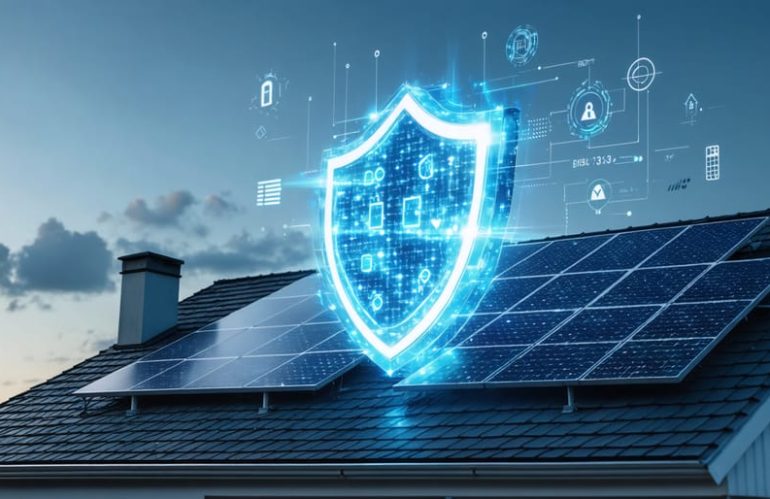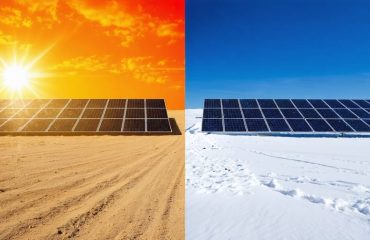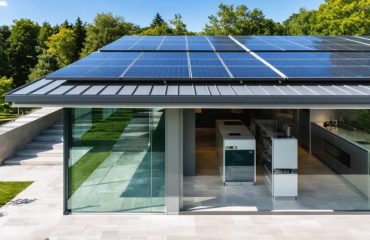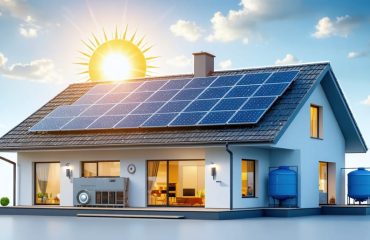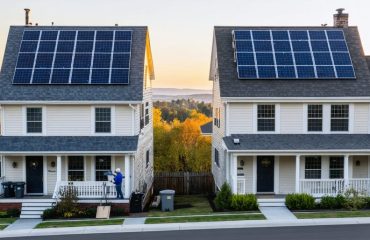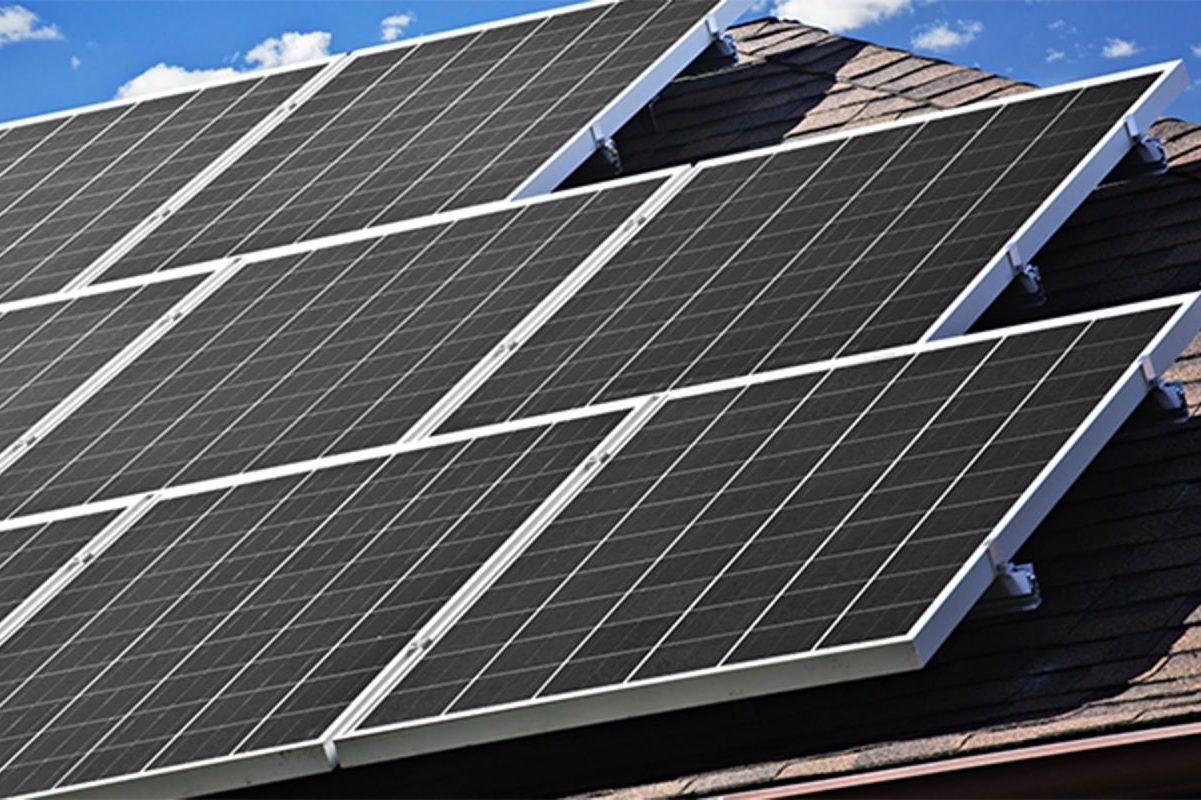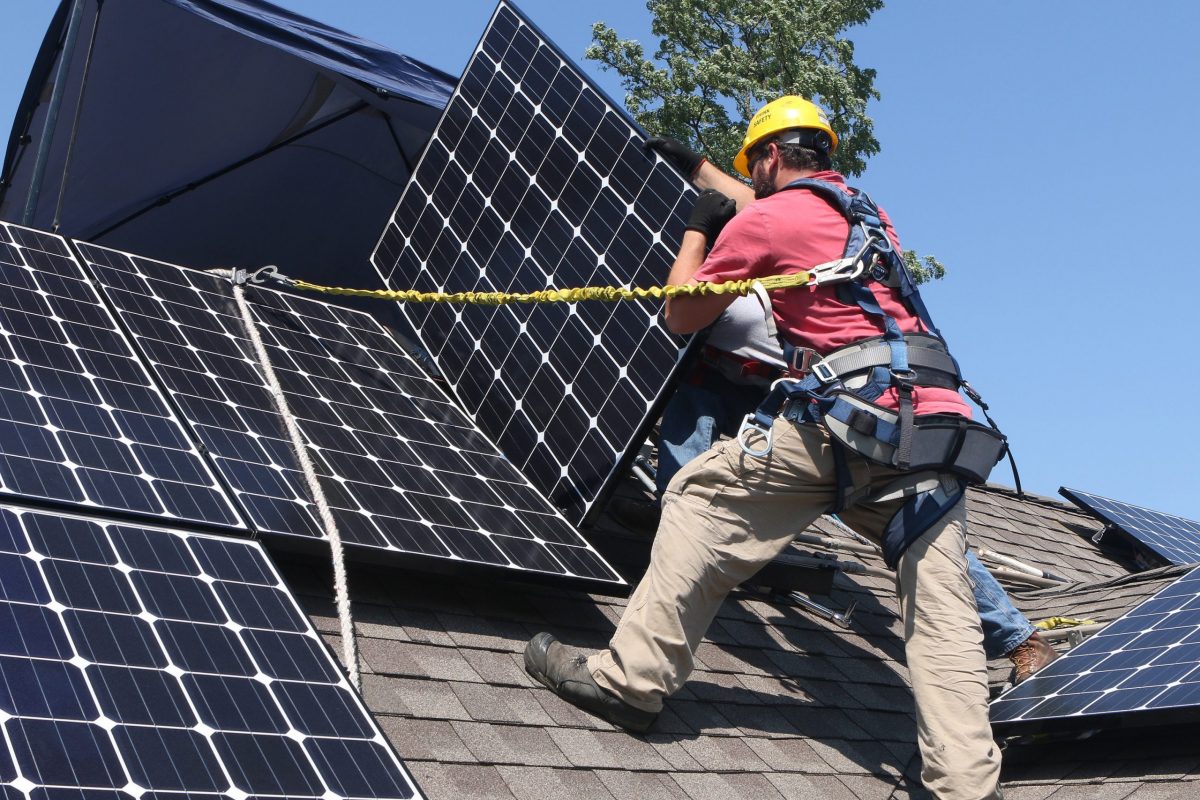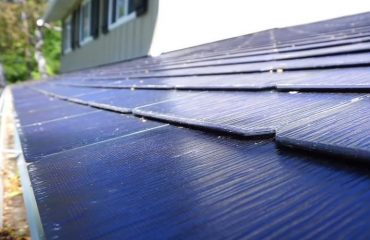As our energy infrastructure becomes increasingly digital, cybersecurity has emerged as a critical priority for homeowners with solar installations. Modern high-performance solar systems are connected to smart grids and home networks, creating new opportunities for energy independence—but also new responsibilities for security awareness.
Recent data shows that cyber attacks targeting residential renewable energy systems increased by 300% in the past year alone. Yet most homeowners remain unaware of basic security measures that could protect their investment and energy independence. From smart meter vulnerabilities to unauthorized access of system controls, the threats are real but manageable with proper precautions.
This guide will walk you through essential cybersecurity measures to protect your home’s energy infrastructure, focusing on practical steps that don’t require technical expertise. By implementing these foundational security practices, you can enjoy the benefits of clean energy while keeping your system secure and reliable.
Why Your Solar System Needs Digital Protection
Common Security Threats to Home Solar Systems
Modern home solar systems, while highly efficient and cost-effective, can face several security challenges due to their connected nature. Smart inverters and monitoring systems, which help track energy production and consumption, can become entry points for cyber threats if not properly secured.
Common vulnerabilities include weak default passwords on solar monitoring apps, outdated firmware in smart inverters, and unsecured Wi-Fi connections to control systems. Cybercriminals might attempt to access these systems to manipulate energy data, disrupt power generation, or even gain entry to your home network.
The good news is that these risks are easily manageable with basic security practices. Regular system updates, strong passwords, and secure Wi-Fi networks go a long way in protecting your solar investment. Many modern solar installations come with built-in security features, and reputable installers typically include cybersecurity measures as part of their setup process.
Remember, while these threats exist, they shouldn’t discourage you from embracing solar technology. With proper precautions, your solar system can safely provide clean, reliable energy for years to come.
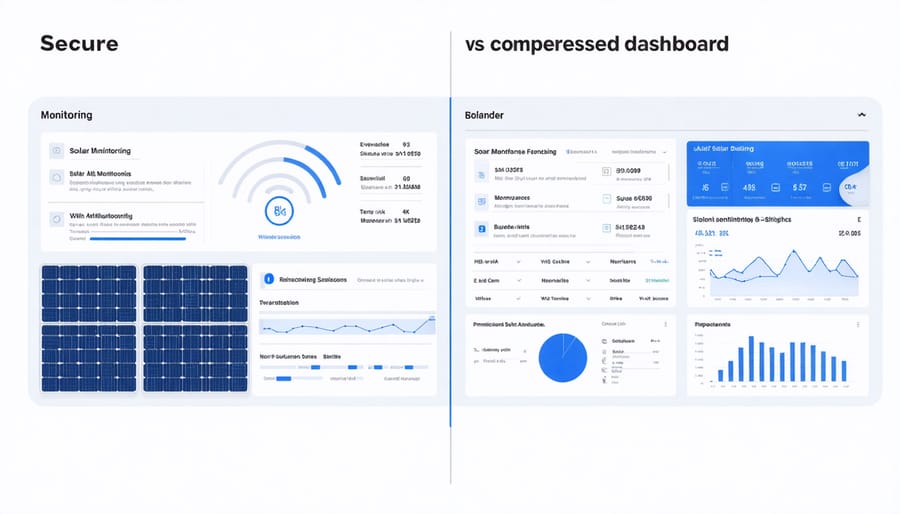
Real Impact on Your Home and Energy Bills
Cybersecurity breaches in the energy sector can directly impact your household in surprising ways. When hackers compromise power grid systems, it can lead to unexpected outages and disruptions in energy supply, potentially causing your electricity bills to spike. Smart meter tampering could result in incorrect readings and inflated charges, while compromised grid management systems might affect peak-hour pricing.
The good news is that energy companies are continuously strengthening their security measures. By staying informed about your energy usage through your utility’s customer portal and monitoring your bills for unusual changes, you can spot potential issues early. Many utility providers now offer automated alerts for unusual consumption patterns and secure payment options to protect both your energy supply and your wallet.
Remember to regularly update your smart home devices and maintain strong passwords for your utility accounts to help prevent unauthorized access and ensure stable energy costs.
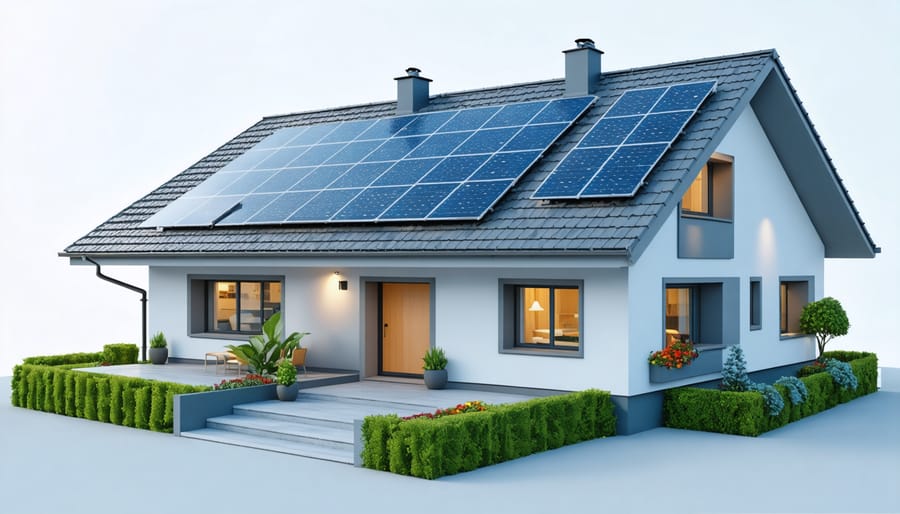
Smart Protection Features in Modern Solar Systems
Encrypted Monitoring Systems
Modern energy systems rely on sophisticated encryption methods to protect your data and ensure home energy security. These monitoring systems use advanced encryption protocols similar to those used in online banking, making it extremely difficult for unauthorized users to access your energy data or control systems.
Access controls are implemented through multi-factor authentication, requiring users to verify their identity through multiple methods before gaining system access. This might include a combination of passwords, security tokens, or biometric verification. Your energy consumption data and system settings are transmitted using secure channels that scramble the information, making it unreadable to potential interceptors.
Regular security updates and patches ensure your monitoring system stays protected against new threats. Many systems also include automatic alerts that notify you of any unusual activity or attempted unauthorized access. This layered approach to security gives you peace of mind while maintaining the convenience of remote system monitoring and control through user-friendly interfaces.
To protect your system, always use strong passwords, enable all security features, and keep your monitoring software updated to the latest version. These simple steps help maintain the integrity of your energy system while keeping your data secure.
Automatic Threat Detection
Modern energy systems employ sophisticated monitoring tools that work around the clock to keep your infrastructure safe. These automated systems act like vigilant security guards, constantly scanning for unusual patterns or suspicious activities that could indicate a potential threat.
When these systems detect something unusual – like multiple failed login attempts or unexpected changes in energy consumption patterns – they immediately alert system administrators and can automatically implement protective measures. This might include temporarily blocking suspicious IP addresses, requiring additional authentication steps, or isolating affected systems to prevent potential threats from spreading.
Machine learning algorithms help these systems become smarter over time, learning to distinguish between normal operational variations and genuine security threats. This reduces false alarms while ensuring real threats don’t go unnoticed. Many systems also maintain detailed logs of all activities, making it easier to investigate any security incidents and prevent similar issues in the future.
For homeowners with connected energy systems, these automated protections work silently in the background, providing peace of mind without requiring constant attention or technical expertise.
Simple Steps to Secure Your Solar Investment
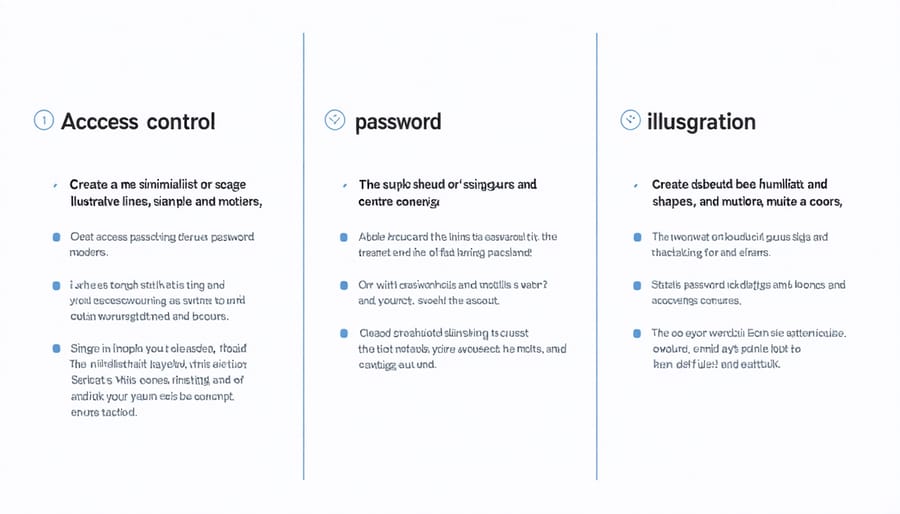
Setting Up Strong Access Controls
Creating strong passwords and managing system access is your first line of defense in protecting your energy systems. Start by implementing a password policy that requires at least 12 characters, combining uppercase and lowercase letters, numbers, and special characters. Avoid using easily guessable information like birthdays or common words.
Consider using a password manager to generate and securely store complex passwords. This tool helps you maintain unique passwords for different accounts without the need to remember them all. Regular password changes, ideally every 90 days, add an extra layer of security.
Multi-factor authentication (MFA) is essential for accessing critical systems. This requires users to provide two or more verification forms, such as a password and a fingerprint or a temporary code sent to their phone. Enable MFA wherever possible, especially for remote access points.
Implement the principle of least privilege, giving users only the access rights they need to perform their specific tasks. Regularly review and update access permissions, particularly when employees change roles or leave the organization. Keep detailed logs of who accesses what systems and when, making it easier to spot unusual activities.
Set up automatic account lockouts after multiple failed login attempts to prevent brute-force attacks. Remember to promptly disable accounts of former employees and contractors to maintain system security.
Regular Security Updates
Keeping your solar system’s software up-to-date is as important as maintaining its physical components. Just like your smartphone or computer, solar equipment receives regular security updates that protect against new cyber threats and improve overall performance. These updates often include patches for vulnerabilities that could otherwise be exploited by malicious actors.
Working with certified installers ensures that your system receives proper security configurations from day one. These professionals stay current with the latest security protocols and can properly implement updates without compromising system functionality. They can also set up automatic updates when available, making security maintenance hassle-free for homeowners.
Many reputable solar installers offer maintenance packages that include regular security checks and updates. These services typically involve monitoring system performance, installing security patches, and ensuring all components are working securely together. It’s recommended to schedule security reviews at least twice a year, although some components may require more frequent updates.
Keep a record of all updates and maintenance work performed on your system. This documentation helps track your system’s security status and can be valuable for warranty purposes or if you need to troubleshoot issues later. If you notice any unusual system behavior between scheduled maintenance visits, contact your certified installer promptly to investigate potential security concerns.
Future-Proofing Your Solar Security
As solar technology evolves, protecting your investment requires staying ahead of security threats. Modern solar systems are incorporating advanced encryption protocols and secure communication channels that make unauthorized access increasingly difficult. Regular software updates, much like those on your smartphone, ensure your system remains protected against new vulnerabilities.
One promising development is the integration of blockchain technology, which creates an unalterable record of system operations and helps prevent tampering. AI-powered monitoring systems can detect unusual patterns and potential security breaches in real-time, alerting homeowners before issues escalate.
To future-proof your solar setup, consider implementing a multi-layered security approach. Start with strong password policies and regular credential updates. Install network monitoring tools that track data flow between your solar system and the grid. Working with certified installers who prioritize cybersecurity during setup is crucial for long-term protection.
Emerging technologies like quantum encryption are on the horizon, promising even more secure communications for solar systems. These advancements will further enhance your energy independence while maintaining robust protection against cyber threats.
Remember to regularly review and update your security protocols, just as you maintain the physical components of your solar system. Consider joining local solar communities or forums to stay informed about the latest security best practices and emerging threats. Many utility companies now offer security assessment services specifically for connected solar systems, helping ensure your setup remains protected for years to come.
In today’s interconnected energy landscape, protecting our power infrastructure from cyber threats isn’t just an option – it’s a necessity. As we’ve explored throughout this article, the energy sector faces unique cybersecurity challenges that require comprehensive solutions and ongoing vigilance. The good news is that effective protection is achievable through a combination of smart technology choices, employee training, and proactive security measures.
Remember that cybersecurity is an investment in your home’s and community’s future. By implementing basic security practices, staying informed about emerging threats, and working with qualified professionals, you can significantly reduce your vulnerability to cyber attacks. The key is to start small and build your security measures systematically, focusing on the most critical areas first.
Don’t wait for an incident to occur before taking action. Regular system updates, security assessments, and maintaining open communication with your energy provider are simple yet effective steps you can take today. By working together – homeowners, energy providers, and security professionals – we can create a more resilient and secure energy future for everyone.

